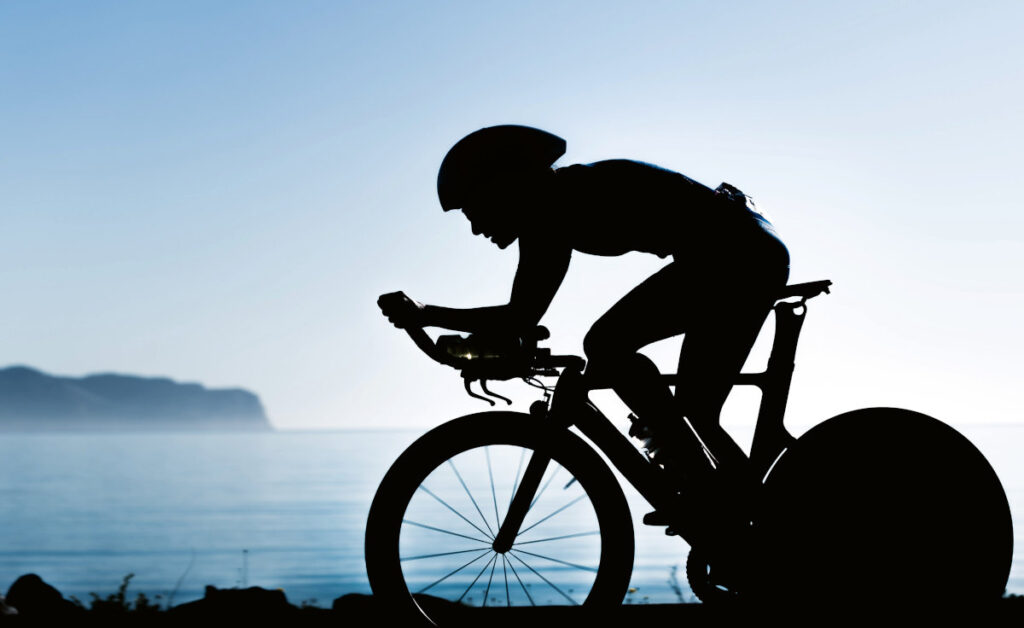[LUM#20] The new face of doping
Combating doping to promote clean sport is the mission of the World Anti-Doping Agency, which has equipped itself with effective tools. But while the use of these substances has indeed declined in recent years, doping has not stopped, as Michel Audran, a specialist in the field at the Max Mousseron Biomolecules Institute, explains.1.

Erythropoietin: while the name of this hormone, which stimulates red blood cell production, may seem unpronounceable, its acronym is more familiar: EPO. And for good reason, as this name was on everyone's lips during the 1998 Tour de France, which was marred by several doping scandals. This practice had been rampant for a long time and was tackled head-on after this " tour of shame."
"This scandal highlighted the need for an independent international agency to set standards in the fight against doping and coordinate the efforts of sports organizations and public authorities," recalls Michel Audran, a researcher at the Max Mousseron Biomolecules Institute and specialist in blood doping. Barely a year later, the World Anti-Doping Agency was founded.
Race for molecules
Among its objectives is to slow down the veritable "molecule race" that athletes and anti-doping laboratories have been engaged in for years, with the former seeking new doping substances that the latter are not yet able to detect. "To put an end to this, the World Anti-Doping Agency has negotiated with pharmaceutical companies, which now provide it with new molecules that could be used as doping products as soon as they enter clinical trials. So by the time the molecule reaches the market, we have had time to develop effective detection techniques, " explains the biophysicist.
Another weapon in the World Anti-Doping Agency's arsenal is the athlete biological passport, which was introduced in 2010. "It's an individual electronic file that allows biological variables to be tracked over time, indirectly revealing the effects of doping," explains Michel Audran, who headed the anti-doping laboratory in Châtenay-Malabry for three years (see Michel Audran, a blood doping specialist, revives the lab in Libération, June 13, 2017).
Biological passport
Throughout the year, athletes covered by this passport may be subject to testing at any time to detect the use of prohibited substances. "Its implementation, combined with improved sensitivity of screening methods, has significantly reduced the use of certain doping products by these athletes. Today, less than 2% of tests are positive in France, " Michel Audran points out.
Although the specialist believes that this figure underestimates the reality, which is probably closer to 5%, the use of doping does indeed seem to be on the decline, as can also be seen in sporting performances. "For example, since anabolic steroids have been detected, records for shot put, javelin, and discus have changed little, " notes the specialist.
Has sport become clean? "In reality, doping hasn't stopped, but it has changed. To avoid detection, athletes now take microdoses of performance-enhancing drugs. Their performance is less improved, but the risk of getting caught is lower. Doping still happens, but less so; this is a direct result of the introduction of the biological passport, which is bearing fruit," says Michel Audran, who nevertheless stresses that much work remains to be done. "In particular, it is essential to develop education and prevention programs to prevent the spread of doping in sport, " concludes the researcher.
For more information:
See the list of substances and methods prohibited by the World Anti-Doping Agency
Find UM podcasts now available on your favorite platform (Spotify, Deezer, Apple Podcasts, Amazon Music, etc.).
- IBMM (UM, CNRS, ENSCM)
↩︎